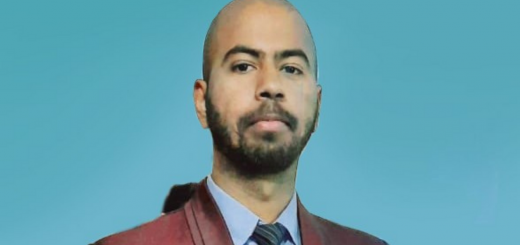Design careers with high earning potential

Students who want to pursue a career in design should have a certain amount of visual flair and an interest in combining the aesthetic with the functional
Design is an element that is present everywhere around us, making it a demanding field in the current job market. Most design jobs require an amalgamation of creativity and technology, making it a challenging profession. Students who want to pursue a career in design should have a certain amount of visual flair and an interest in combining the aesthetic with the functional. We live in a society that is in a constant state of flux and therefore always subject to new influences. This, in turn, creates a need for competent designers who can deliver new designs (regardless of the field) which are reflective of the environment and the times in which we live, whilst at the same time delivering functionality that makes our lives a little easier.
Given below are some design career paths that are extremely rewarding:
Video game designer: A lucrative path, video game designer probably sounds like a dream job to any video game enthusiast. A video game designer is responsible for creation and implementation of artistic designs alongside engineers, programmers, and artists. A degree in computer graphics, programming, art, gaming or another related field will help you gain the experience you need to become a video game designer.
Fashion designer: Fashion design is a career choice desired by many. Competitive, exciting, and swift-paced – these three words aptly describe the fashion industry. The glamorous reputation of the industry requires professionals who are smart, fearless, and ready to explore fresh design elements. The job of a fashion designer is demanding which involves meeting deadlines, traveling local markets for procuring material, dealing with workers and managing a team effectively. There are many sub-fields of fashion designing such as apparel designing, jewellery designing, accessory designing and fashion styling. Therefore, students get to choose from a variety of options.

Competitive, exciting, and swift-paced – these three words aptly describe the fashion industry
Interface designer: A user interface designer is responsible for making sure that the user experience on desktop, mobile, or the web is seamless and functional. The main responsibilities of a user interface designer are to develop and create a usable and attractive user interface. You will also be accountable for testing out the design for usability as well as researching trends to ensure you create a user-friendly product that the user will want to use.
Graphics designer: Graphic designers use art and media to communicate messages for companies and other organisations. They use print, internet, other digital mediums, film and photographs to get their message across. They understand the subtle things in art that make a design project successful. The primary responsibilities of a graphic designer is developing logos, brochures, websites, business cards, magazine advertisements, newspaper advertisements and the general look and feel of an organisations overall design plan.

Graphic designers use art and media to communicate messages for companies and other organisations
Interior designer: The profession of an interior designer requires many creative skills. Interior designers have to plan and design spaces in public buildings and private homes. This profession demands good communicative skills because an interior designer has to work with clients as well as with other design professionals, for instance, architects. Besides, the job of an interior decorator includes perfect aesthetic technique, as well as customer service and a keen sense for creative visualization. Every designer should be equipped to meet his or her client’s interests and requirements.
Animators: Animators are responsible for bringing some of our favourite forms of entertainment, but the job is not about fun and games. As an animator you will have a demanding schedule, so you’ll want to make sure you are truly passionate about animation before dedicating time and energy into getting a job in the field. Your main responsibilities will include working with teams to develop your creative goals as well as designing, refining, improving and updating videos.
Transportation and mobility designer: A degree in transportation and mobility design aims to develop highly creative individuals to resolve the prevailing challenges around ‘mobility’, by imparting relevant skills and knowledge. Transportation designers are responsible for designing transportation systems (across land, water, air or even space) in the context of present day economic and social needs, success or failure of existing systems and devices, and propositions for future transport solutions.
Product designer: Think about the items you use in your daily life and ask yourself, “Who made this?” Well! The answer is simple. A product designer made that. From toothbrushes and tools to cameras and camping equipment, a product designer is hired to either come up with new designs or improve the existing ones. Product designers work in a variety of fields. Basically, any industry that makes consumer products relies on product designers to see an item through the initial stages of sketches and illustrations to the final stages of mass production.



